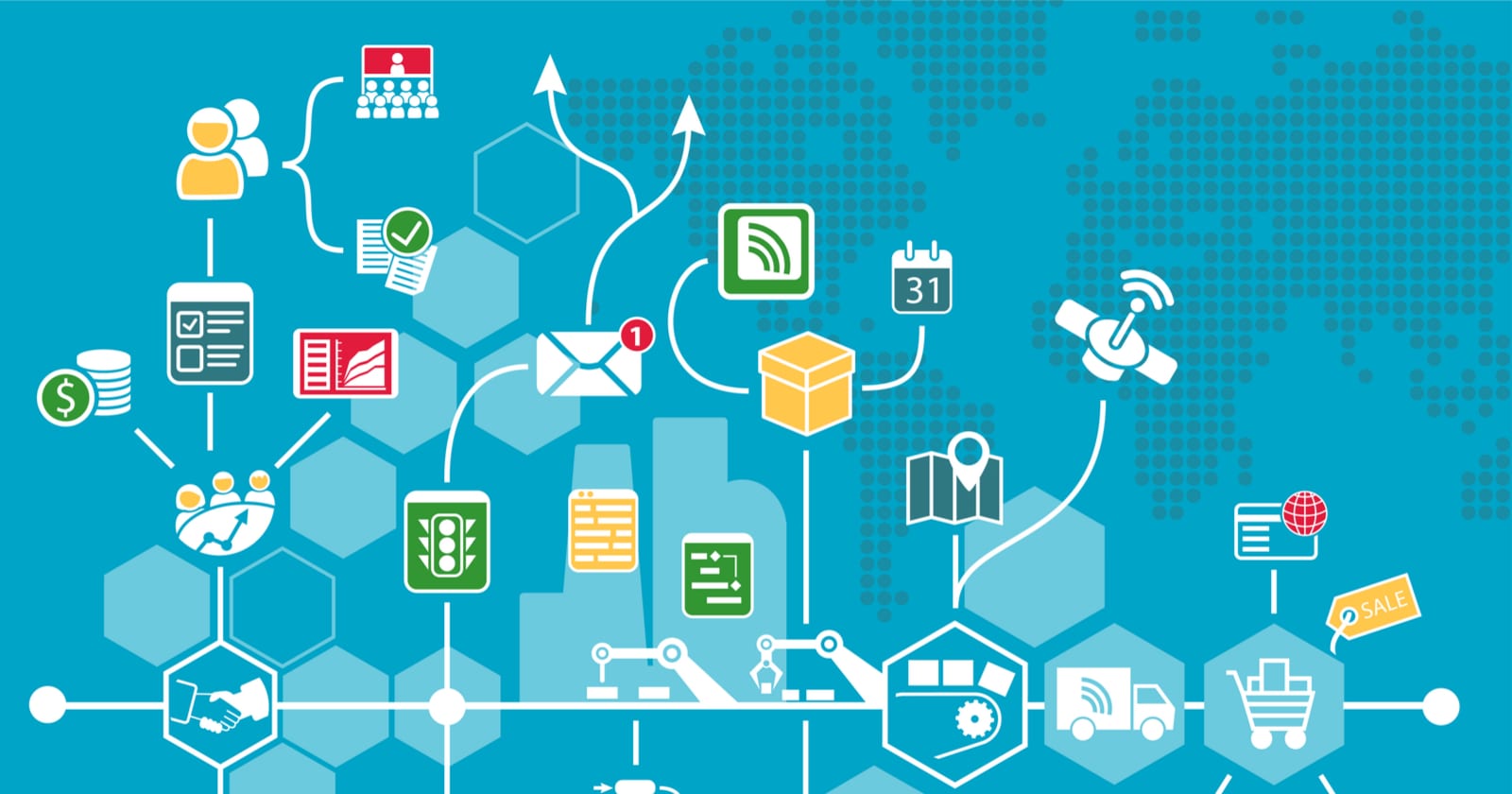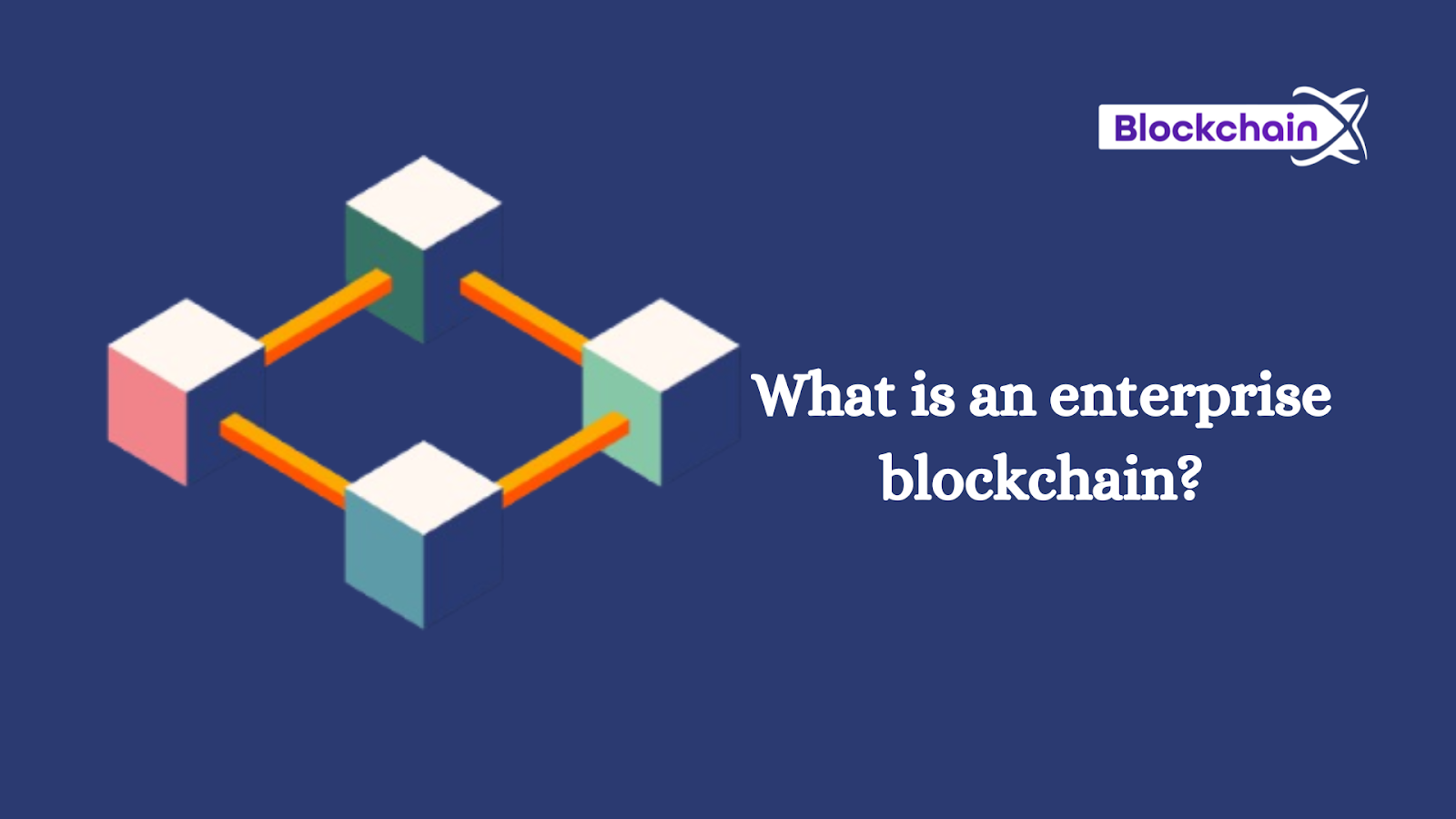
How to Use Email Marketing Automation Campaigns To Build an Actionable Customer Journey Map
- By Elina Nyomi
- 24-05-2022
- SEO
Occasional email campaigns and newsletters will always have a place in your company’s email marketing campaigns. But an email automation campaign which is based upon triggers can go a long way toward helping you send up an email campaign without much capital outgo. This is because automated emails based on specific triggers are more personalized and effective than a one-off campaign as they are triggered to send based on something unique to each customer and hence have a better chance of opening.
Marketing automation is the process that takes place when the software automatically sends campaigns to your customers without any kind of manual intervention. Newsletters and one-off campaigns that you create are sent to a whole list of people in one set, but these automated personalized emails, once set, get sent regardless of the timing and issue. For example- suppose you run an e-commerce store and a visitor in your store wish-lists some product but later does not go through the order. So if you had set this as a criterion, then automatically, a cart buying reminder will go towards the customer’s email inbox. To sweeten the deal further, you could also offer some additional goodies or cashback offers. This can also help you deal with cart abandonment issues too.
Click here to read more about the advantages of email automation.
Photo by Yogas Design on Unsplash
Here are some steps involved in building marketing automation campaigns for an actionable customer journey:
Step 1: Define The Goal: You must start designing emails and then save them as a draft. The final copy of the automated emails should also be cross-checked with a third person’s point of view. This is because sometimes, people overlook essential yet straightforward details. For example- the email should remind customers about any particular event or should at least connect with them regarding some specific history. Otherwise, the automated email makes no sense, so in order to do this, connect the relevant data points and make sure that the data sets are standard, more or less so that a wide range of audiences can be covered. There will, of course, be some audiences who can’t be covered, but that's an acceptable margin of error.
Step2: Data Validation: Since data is the key metric here, you should try to make sure that the data that you are using to set the email parameters are current and up to date and also they accurately mimic real-world customer behavior. For example- suppose a customer tries to order an iPhone from your website, but the order does not go through. So if you have set this as a parameter, then an email should go. This email should contain the latest series of iPhones; you should not give recommendations for a four-year-old iPhone to the customer by saying hey, since you clicked on iPhones, here is what we think you should buy. Always check for the latest data and use that in sending the mails.
Photo by Solen Feyissa on Unsplash
Step3: Accurately Define The Trigger Protocols: If you have successfully defined the data set and validated it, the next logical step is prescribing it for the computer. For example- you could define the triggers for something as simple as a person’s birthday to something complex as the amount of time a person spent on a particular product page. You should also define the trigger and its associated rules, and ideally, they should both be different. For example- the associated rules could be to convert new subscribers into customers, and your trigger could be when someone subscribes first to a list.
Step 4: Define Your Intentions: Don’t simply send out automated emails and then expect customers to flock to your store. You must clearly state your intentions too. For example- suppose you want them to subscribe to your products, or you want them to stock up on something else. Have an agenda and then clearly communicate it to them. Be focus driven and say out your recommendations for the customer in a simple, concise language.
Conclusion
Communication is the key in email marketing, and if you wish to succeed in this, remember to take your customers straight to the point. There can be two ways to the destination, i.e. the long way and the short way. People don’t usually have the time to read through lengthy emails, so a short way is preferred. But short and interesting otherwise, the emails will not be opened. So try to keep a balance and follow through these steps outlined above to automate the entire process.
Recent blog

How Focused Technology Platforms are Revolutionizing Security Testing
Technology | 23-04-2024
Blockchain for Enterprise: Transforming Business Operations
Blockchain | 22-04-2024.png)




